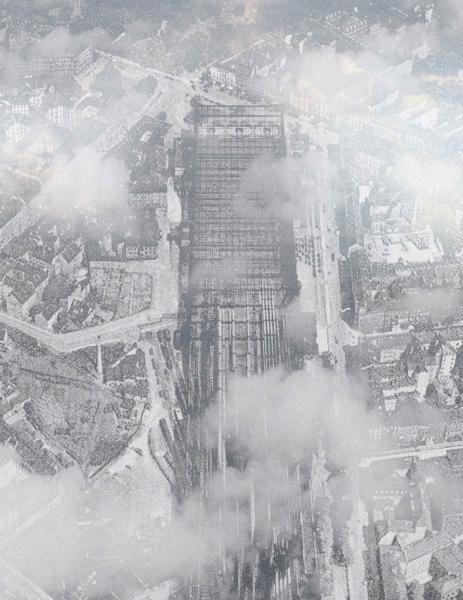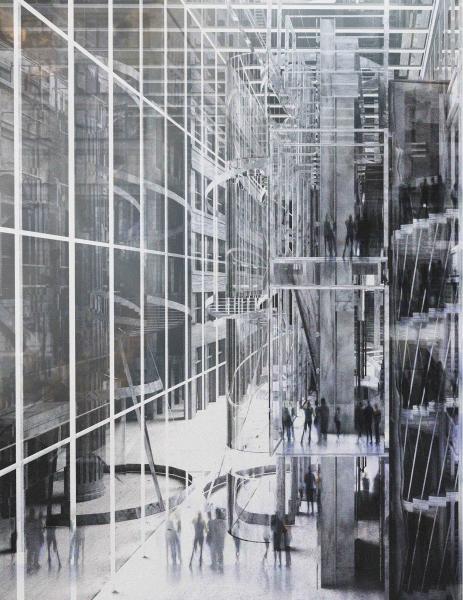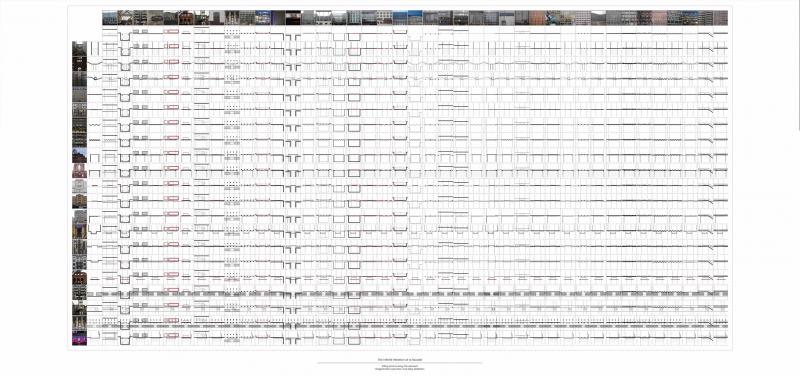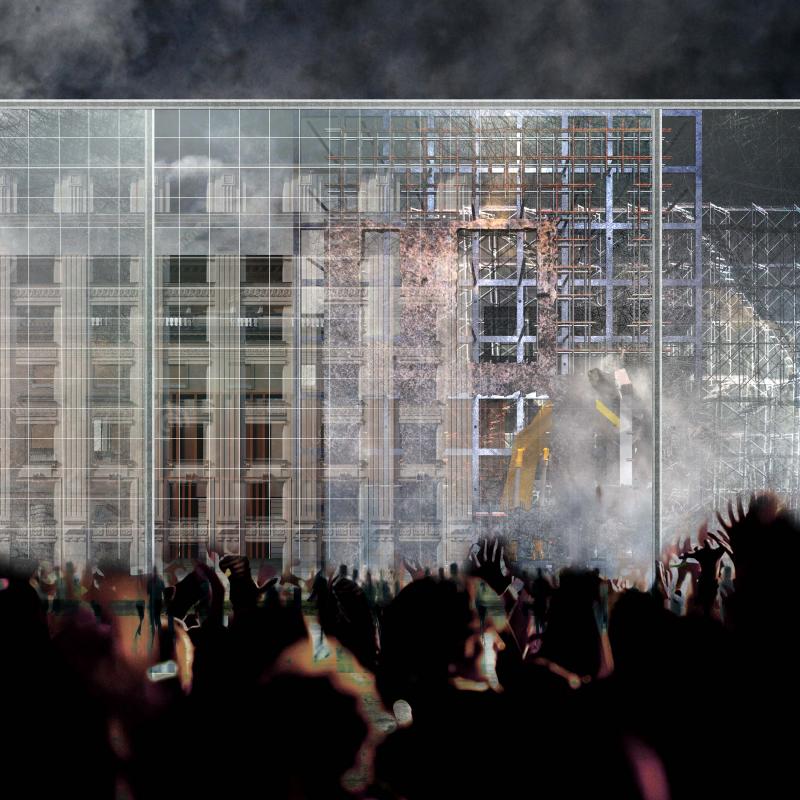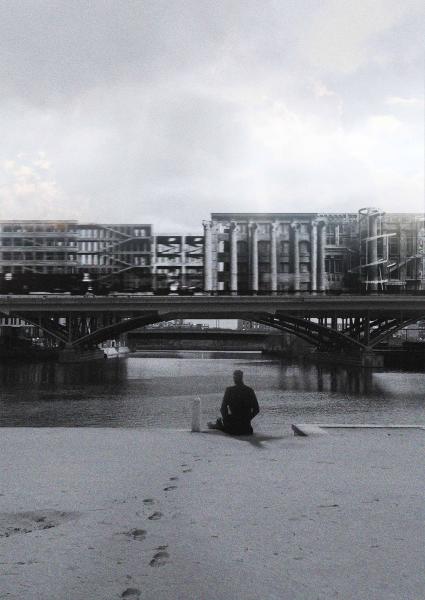Anhalter Bahnhof - Façade Terminus
Translation from a physical world to a phantom space… a new type of architectural exhibition as a full scale demonstration… a preservation strategy which sustains Berlin’s sacred ability to re-invent its architecture… a construction system which questions the role of human beings in the coming age of architectural mechanical production… a collection of façades as an ultimate form of preservation... Façade Terminus


